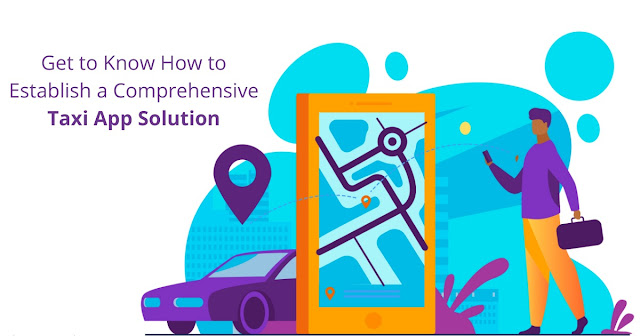Get to Know How to Develop an On-demand Taxi App
The global taxi-booking market which was valued at $159.6 billion in 2020 will soar to $327.54 billion by 2026. It will grow at an impressive rate of 8.95% every year.
Let us know the detailed process to develop a Taxi app solution
Determine the business goals and the operational scope of the taxi-booking app.
Analyze the existing competition in the market and the strategies followed by other ride-hailing apps.
Formulate a Unique Selling Point (USP) and make it your value proposition.
Finalize the business model (the cost structure and the various sources of revenue).
Hire a talented team of mobile app developers, marketing specialists, finance managers, project managers, UI/UX designers, technical support staff, QA testers, and project managers.
Add the necessary features and functionalities to the mobile apps for passengers, drivers, and the admin panel.
The frontend should comprise options for booking taxis, viewing the fares, and instant sharing of notifications.
The backend must enable seamless management of the bookings and activities of the customers and drivers.
Once the development process is completed, test the Taxi app solution extensively to remove the technical bugs, glitches, and vulnerabilities.
Launch the taxi-booking solution officially in the market at the most appropriate time.
Market the taxi app aggressively across social media, online forums, and by publishing paid advertisements.
What are the must-have features in the Taxi app solution?
Real-time tracking of cabs by users via GPS integration.
Acceptance of multiple payment methods like debit cards, credit cards, digital wallets, cash, net banking, and wire transfers.
A rating and review system where feedback can be shared by customers about drivers and vice-versa.
Access to ride history for the passengers for future reference.
Provision of detailed earnings reports for the drivers.
A route optimization mechanism for the drivers to reach the users’ location quickly.
Instant generation of invoices for the customers including all details of the ride like base fare, taxes, booking date, time, vehicle type, driver’s name, and vehicle number.
Flexible cancellation options for the passengers.
A real-time chat facility for smooth interaction between the users and drivers.
Availability of attractive discounts and offers for customers to reduce their total trip receipts.
An SOS button to report any cases of accidents and emergencies.
Final Thoughts
Taxi-booking solutions play an important role in the transport sectors of an economy. Apart from ensuring a high level of convenience for the passengers, it also provides a good source of income for the drivers. Invest in a Uber like taxi-app solution and disrupt the market successfully.




Comments
Post a Comment